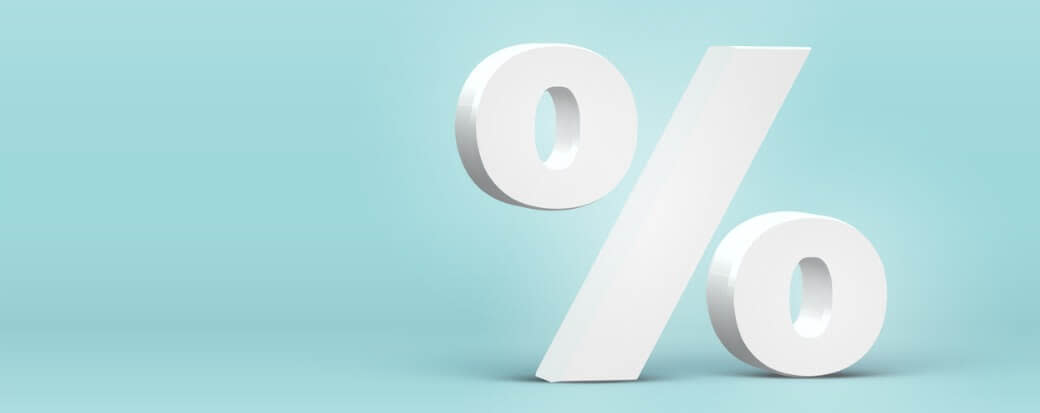What Is a Credit Utilization Ratio & How Does It Work?

Share this article:
Editor’s note: Lantern by SoFi seeks to provide content that is objective, independent, and accurate. Writers are separate from our business operation and do not receive direct compensation from advertisers or network providers. Read more about our Editorial Guidelines and How We Make Money.
Definition of Credit Utilization Ratio
How Credit Utilization Ratio Works
How to Calculate Your Credit Utilization Ratio
What Is Revolving Credit?
What Is a Good Credit Utilization Ratio?
Balance Reporting and Credit Utilization
Opening Credit Cards to Improve Your Credit Utilization Rate: What to Know
How Closing a Credit Card Can Affect Your Credit Utilization Rate
How Much Does Credit Utilization Affect Your Credit Score?
What Can Lower Your Credit Utilization Ratio?
The Takeaway
Frequently Asked Questions
Photo credit: iStock/KittiBakai
LNTCC-Q424-021
About the Author
Jason Steele has been writing about credit cards and award travel since 2008. One of the nation's leading experts in this field, he has contributed to dozens of personal finance and travel outlets and has been widely quoted in the mainstream media.
Share this article: